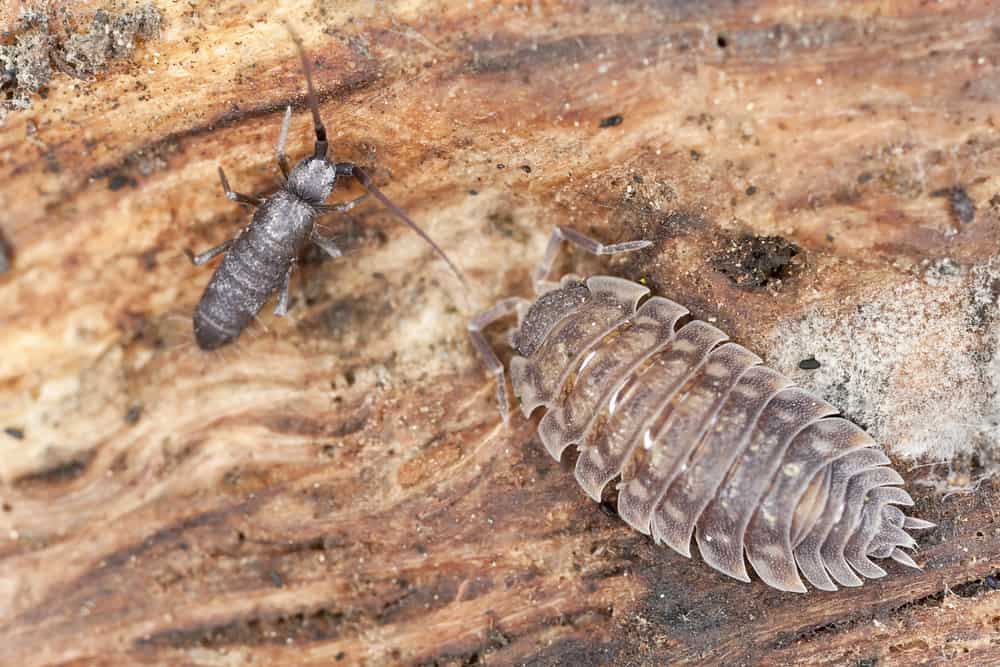Montana is known as the “Treasure State”, but there’s more than silver and gold waiting for you there. Like humans, bugs are attracted to the lush greenery the state has to offer.
While you can find an extensive list in the Montana Field Guide, the most common house bugs in Montana to come across include:
- Ants
- Springtails and pillbugs
- Mosquitoes
- Spiders
- Bees, wasps, and hornets
- Termites
- Cockroaches
- Bed bugs and fleas
- Flies
- Boxelder Bugs
This list may seem straightforward, but there are several types of bugs that fit into some of these categories. After reading this guide, you should be able to identify the common house bugs in your Montana home.
Common House Bugs in Montana
1. Ants
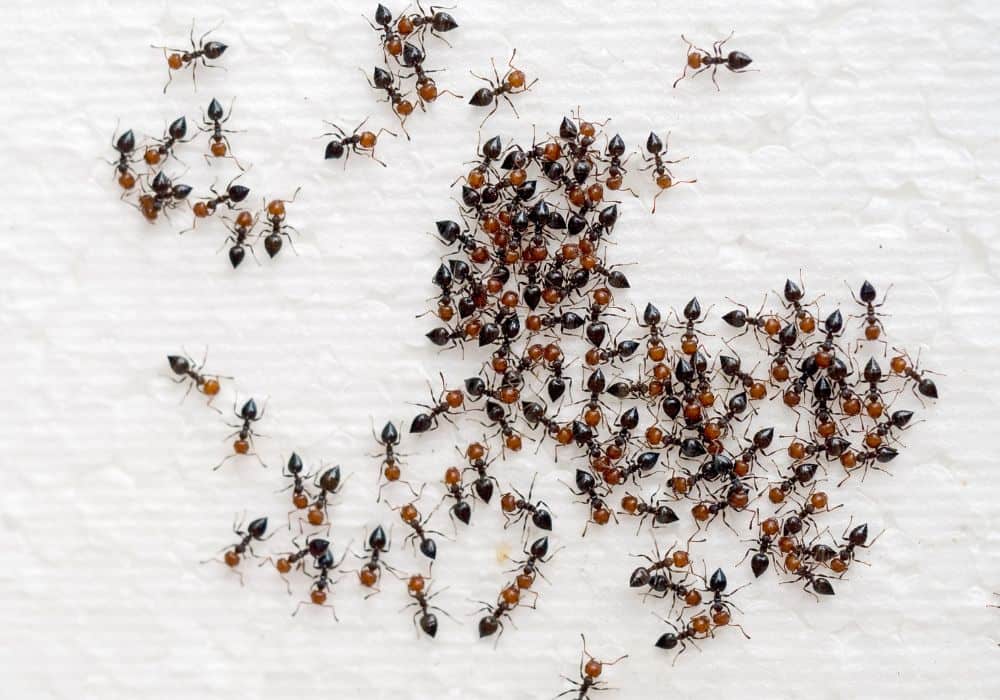
You’re bound to come across ants in nearly any state, and Montana is no exception.
The most common ants found are Black Ants (Monomorium minimum). They usually show up in lawns once summer hits, taking up residence in your grass, driveways, trees, and gardens. In these places they prefer to make homes in masonry and woodwork, particularly the soft rotten wood of old homes or structures.
Black Ants are shiny and black, with slender bodies about ⅛ inches long. They have two antennae split into 12 segments, and prefer to feed on vegetables, meat, sweets, and other insects. The small mandible of Black Ants means that their bites don’t hurt as much as other bugs.
Pavement Ants (Tetramorium caespitum), also known as Sugar Ants or Grease Ants, are very small and range from red to black in color. Those mounds of dirt you see coming out of the cracks of dirt or pavement are probably their homes, but they love to venture inside to eat sugar- or protein-rich foods.
Carpenter Ants (Camponotus) are both small and large, and their color ranges from black to rusty red. Carpenter ants aren’t likely to enter your kitchen, but these pests love to make their homes in moisture-damaged wood. If dry wood is all that’s available, they’ll transport water to dry wood to soften it up and make it theirs.
Field Ants (from the Genus Formica) can be either red or black, and they prefer to make their homes in large mounds of pine needles, grass, or other greenery scraps. They’re less of a nuisance because they make homes along fence posts or tree stumps and stick to eating small bugs.
A full-blown infestation is best handled by a professional, but you can try to manage them on your own by using bait traps. These allow the ants to take poison back to the nest, decimating more of the population than just the scouts you see about.
2. Springtails and Pillbugs
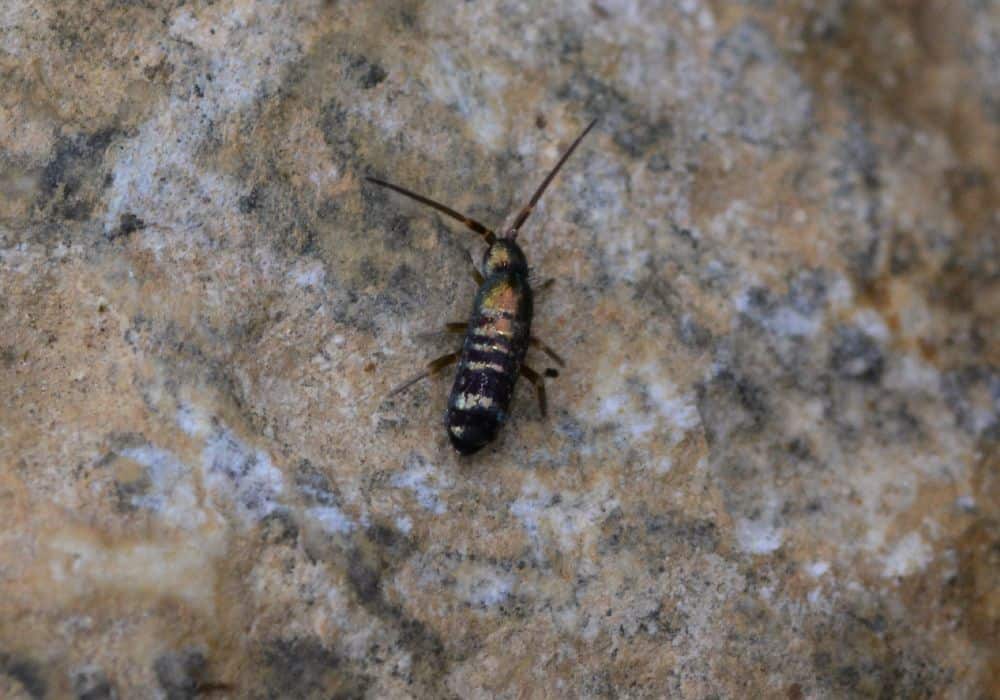
The Springtail (Oncopodura cruciata) is a cold-hardy bug that uses a protein in their body to stay alive in the cold winter months. They’re usually a dark gray color with small, soft, wingless bodies.
A similar creature is the Common Pillbug (Armadillidium vulgare). Also known as a “Roly-Poly”, they’re only about 18 mm long and curl up into a ball when they feel threatened.
You can find both in moist areas, such as underneath objects in your yard in the damp soil or around decaying logs. While Springtails will still jump around in Winter, you’re unlikely to see Sow Bugs out and about.
3. Mosquitoes
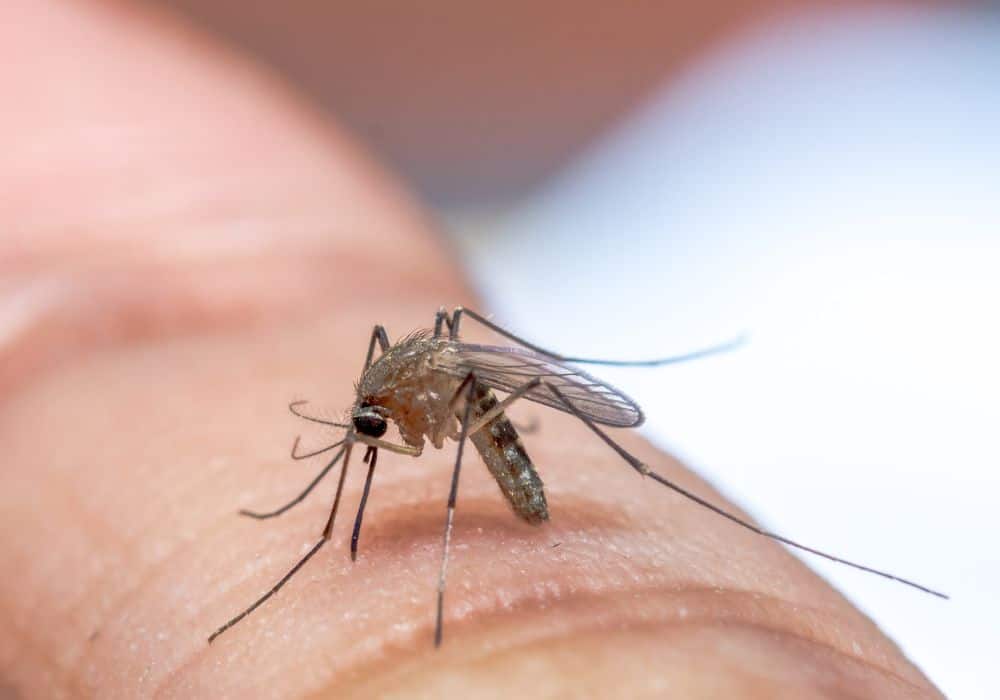
You’re probably already familiar with mosquitoes. The majority of those found in Montana are either Floodwater Mosquitoes (Aedes vexans) or the Western Encephalitis Mosquito (Culex tarsalis).
Mosquitoes in Montana are usually found wherever we’ve managed to collect water. This includes in mines, on mountain peaks, and in your backyard after it rains.
They’re distinguished from other bugs by a long proboscis (the tube they bite with), the scales on their wings, and their feathery antennae. Their slender, segmented bodies are no longer than 20 mm, and they seem quite fragile considering they put themselves in line for a quick smack when they chow down.
Overall, Montana has over 60 species of mosquitoes that appear. While some are harmless and actually help control other insect populations, many can carry diseases like Malaria, West Nile, Zika, and Dengue, and you should take care of standing water and use proper pest control methods as needed.
4. Spiders
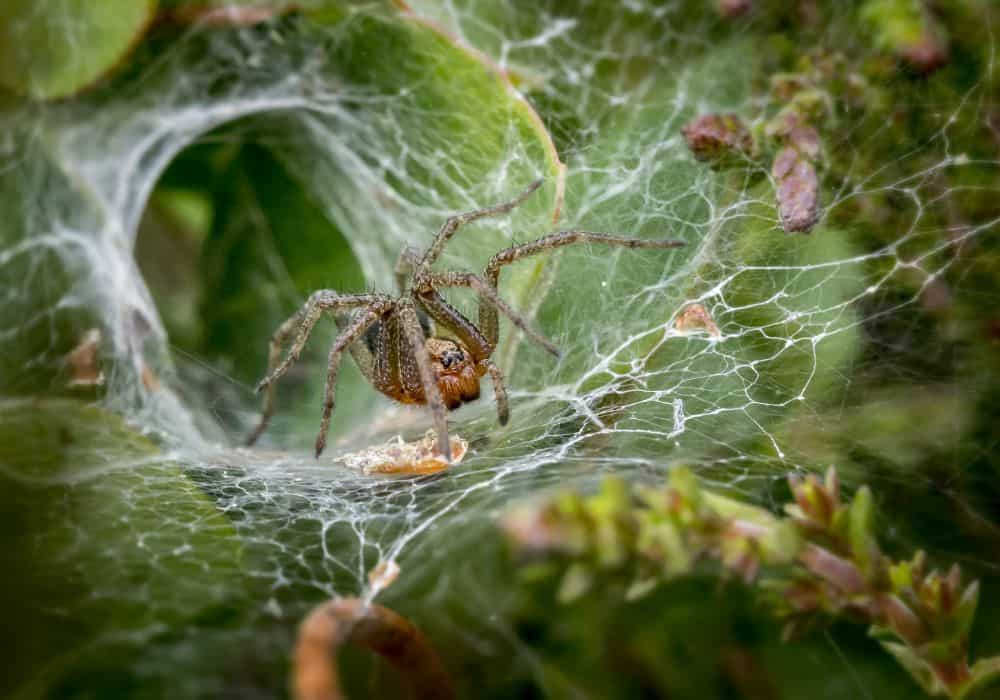
Montana is home to several varieties of spiders. You can find an extensive list on the USA Spiders page, but some of the most common include:
- Wolf Spiders: hunter spiders with thick legs better suited for walking; usually identified by their 2 large eyes and 6 smaller eyes underneath
- Bold and Zebra Jumper Spiders: have phenomenal vision; characterized by their agile jumping ability as well as the four pairs of eyes atop their head
- Hobo Spiders: a family of spiders commonly confused with others; usually distinguished by their solid legs, v shaped patterns on their back, and smaller size
- Long Bodied Cellar Spiders: also known as Daddy Long Legs; have small bodies with long, spindly legs
- Weaver Spiders: Build lare, spiral shaped webs in your gardens, barns, fields, and trees
- Black and Yellow Garden Spiders
- Grass Spiders: About ¾ inches long and brown or black in color; long abdomens with front to back stripes
- Black Widow Spiders: venomous spiders easily identified by their black bodies and the red hourglass shape they bear
- Common House Spiders: common household pests in metropolitan areas; range from tan to black in color with different patterns with bulbous abdomens and arching legs
The response you have to spiders in your home may differ depending on the types of spiders you’re dealing with and the degree of the infestation. Relocation may work for isolated instances, while others may prefer professional pest control services.
5. Bees, Wasps, and Hornets
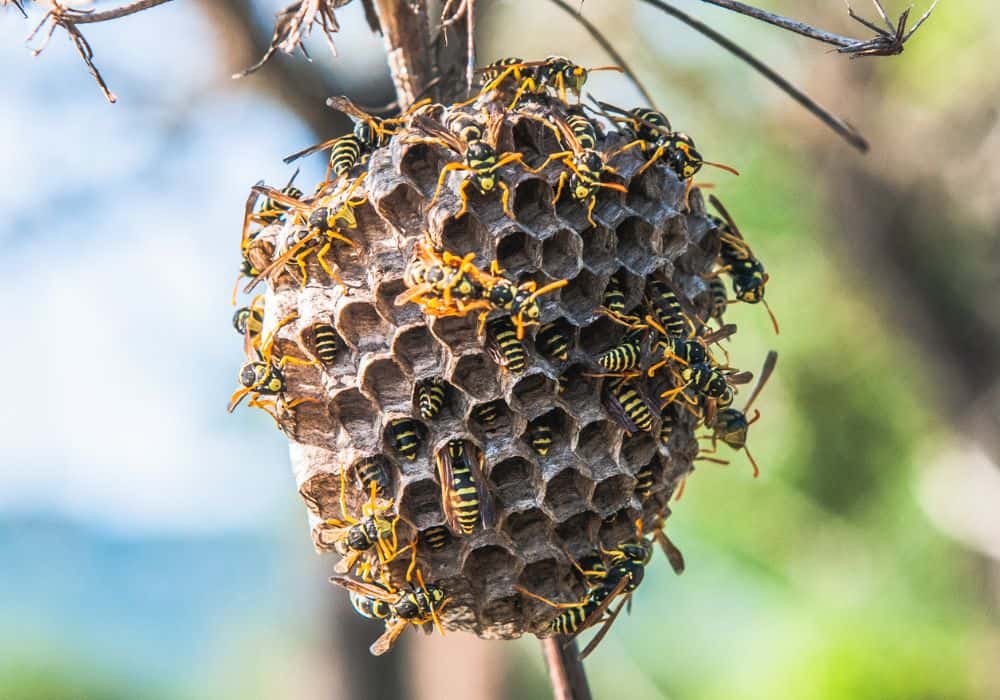
Any sort of flying, stinging insect is bound to garner attention, and people usually throw any one of these names at them. Understanding the difference between bees, wasps, and hornets can help you plan how you will deal with them or determine the need for medical attention.
Bees like the Western Honey Bee (Apis mellifera) have three body parts and show up in different shades of black and yellow. They have tiny bands of dark hair along their barrel shaped abdomen.
Other common stinging insects in Montana are the Bald Faced Hornet (Dolichovespula maculata) and the European Paper Wasp (Polistes dominula). The Bald Faced Hornet is black with a mostly white face, while the Paper Wasp has a slender body with equal yellow and black stripes.
While stings from these common house pests are unpleasant, major pain should go away after a few hours. Unless you have an allergy or a heart condition, they’re fairly harmless.
If they’re cramping your living space, you will need to identify what kind of stinging insect you have flying around and use the appropriate method to remove or relocate their nest.
6. Termites
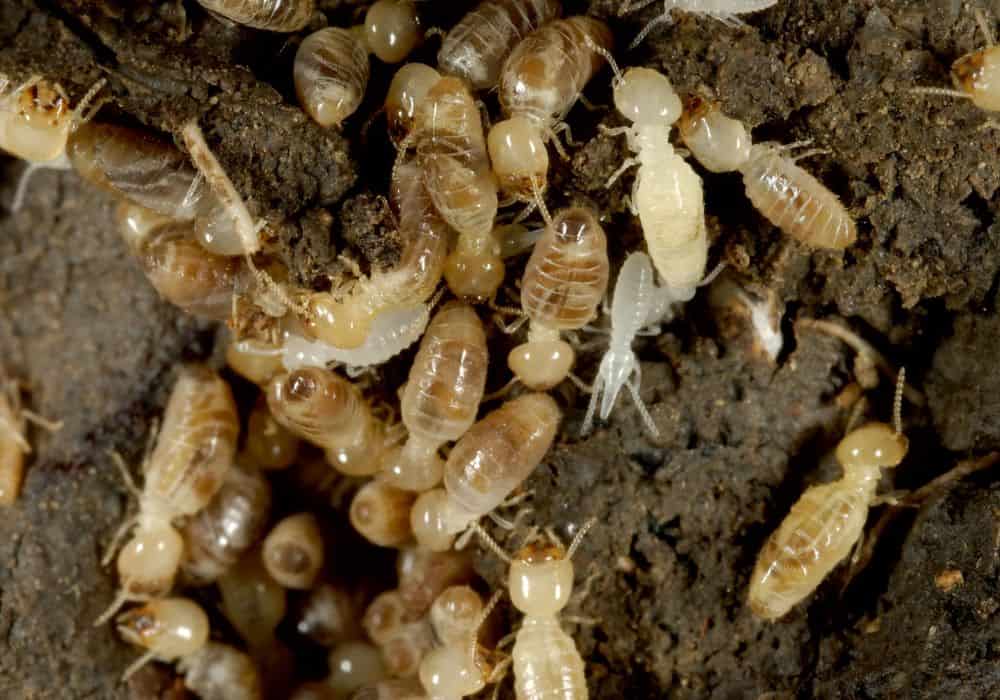
The majority of termites found in Montana are Arid-Land Subterranean Termites (Reticulitermes tibialis). These are most likely to swarm during spring and fall days, although they may also swarm after it rains or when it’s cold.
Termites and carpenter ants are commonly confused, but there are a few key differences. Termites carve rough tunnels, while carpenter ants have much smoother paths. Termites are also likely to lose their fairly useless wings (if they had any), while carpenter ants actually need theirs.
Termites can destroy a structure quickly. Queens dedicate their entire lives to laying eggs, and they can lay thousands of eggs in a single day. This is why it’s important to respond quickly and effectively at the first sign of trouble, commandeering professional help if needed.
7. Cockroaches
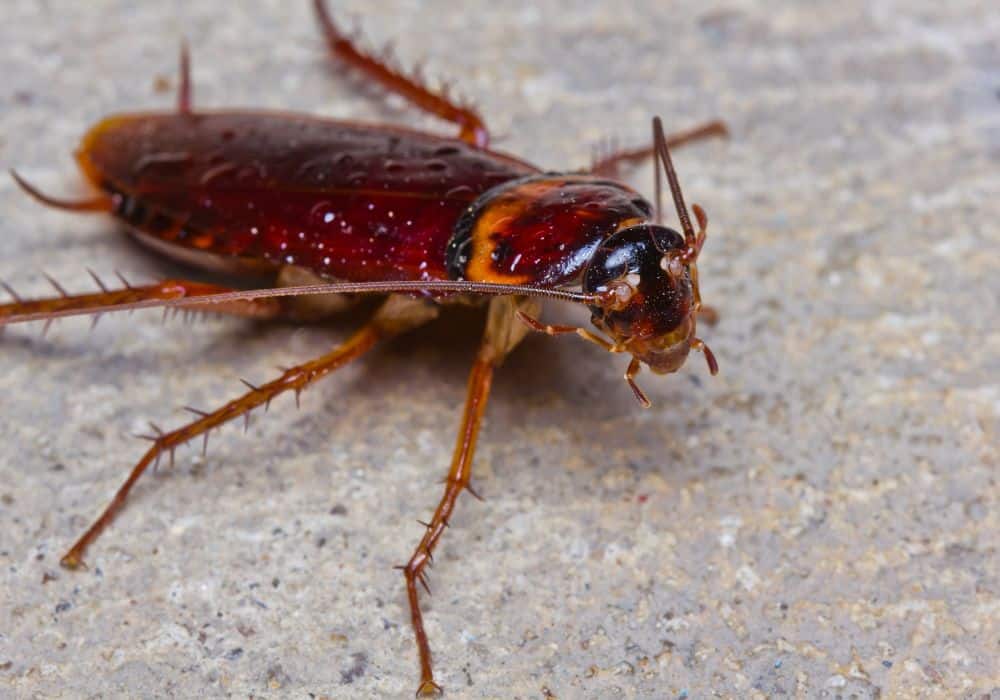
Like most areas in the United States, Montana is home to several species of cockroaches.
These include:
- American (Periplaneta americana)
- German (Blattella germanica)
- Smokey Brown (Periplaneta fuliginosa)
- Oriental (Blatta orientalis)
Seeing cockroaches in your home doesn’t necessarily mean you’re a poor housekeeper. While untended messes certainly don’t help, cockroaches are also attracted by warmth (particularly in the winter), water, and even the slightest of crumbs.
Cockroaches are difficult to get rid of because they’re small and fit into the tiniest spaces. They also reproduce rapidly, and a single cockroach can parent over 30,000 babies in a single year.
Most over-the-counter treatments are hit or miss, so it’s best to reach out to a professional pest control service to handle an infestation.
8. Bed Bugs and Fleas
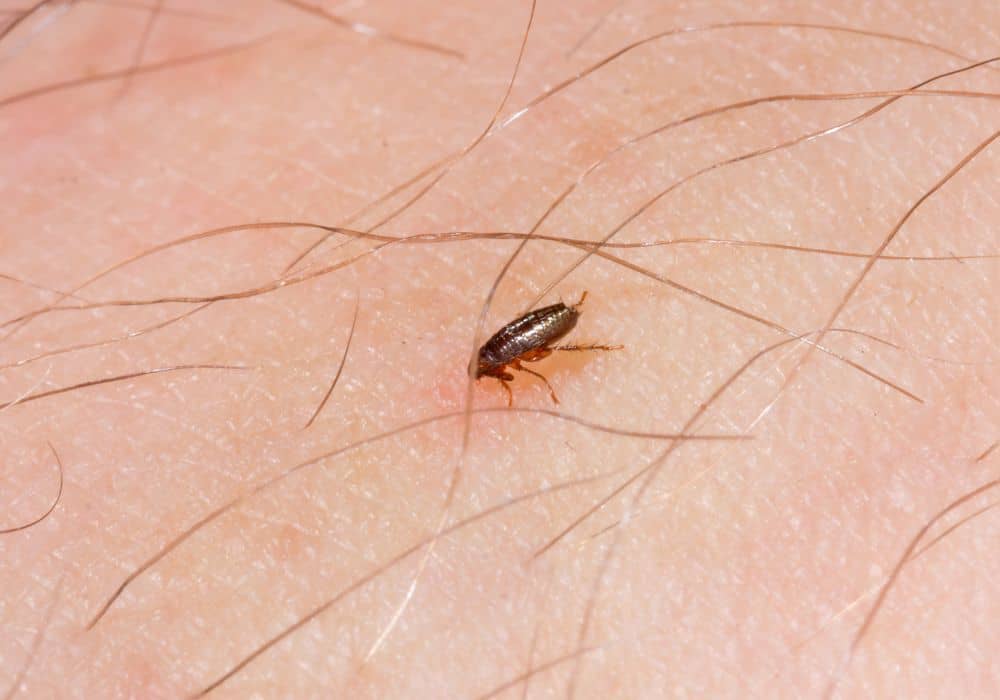
While they’re less common than fleas, bed bugs (Cimex lectularius) should be at the front of your mind when you encounter rogue bites and irritation upon waking (especially if you’ve slept somewhere new, moved into a new place, or brought in new furniture).
Bed bugs look like small, flat appleseeds. They can be as small as a pin, but the adults grow to the size of an eraser. Their color, which ranges from tan to blackish red, tells you how often they’ve eaten.
You’re more likely to see their bites, which usually appear in sets of 3 in a triangle shape, before you see the bedbugs. Another early sign is tiny black dots appearing along the edge of your mattress or other furniture.
Treating bed bugs is no easy task, and over-the-counter sprays are practically useless. Most professional services will use heat treatments to make sure the entire population is killed off in your home.
There are over 200 species of fleas in the United States, and Montana is home to many. You probably already know this if you have pets.
Fleas have small, hard, reddish brown bodies with powerful back legs that allow them to jump from host to host. They feed on warm blooded mammals, usually your pets, and are known to snack on humans as needed.
While fleas aren’t the most dangerous house bugs on this list, they can pose a serious threat to the health of your companions. They’re also irritating to handle as they jump on and off of you and nip at your skin, and they can carry diseases known to affect humans.
When treating fleas, make sure you treat your animals as well as your yard and living spaces. It’s best to perform routine treatment to stop an infestation before it begins.
9. Flies
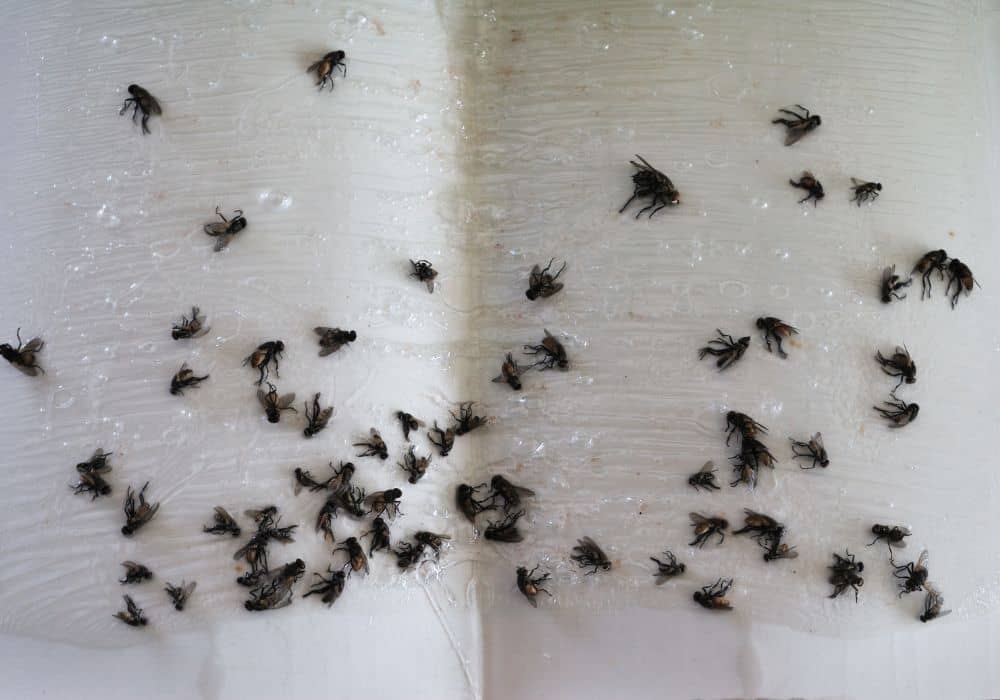
The list of flies in Montana could drag on and on, but the most common are:
- Houseflies
- Filth Flies
- Cluster Flies
- Demisted flies
- Fruit flies
- Fungus flies
Different flies may appear depending on your living conditions. While fruit and fungus flies are common when there’s fresh fruit or sanitation issues, filth, cluster, and demisted flies are outside pests that venture in as it gets cold.
Hoverflies (Episyrphus balteatus) are often mistaken for bees because they make a buzzing sound and usually appear with a yellow and black patterned body. They cannot sting or bite, but they’re also great pollinators that may keep smaller pests from your area.
You will notice more flies once temperatures reach about 70°F in the Summer.
10. Boxelder Bugs
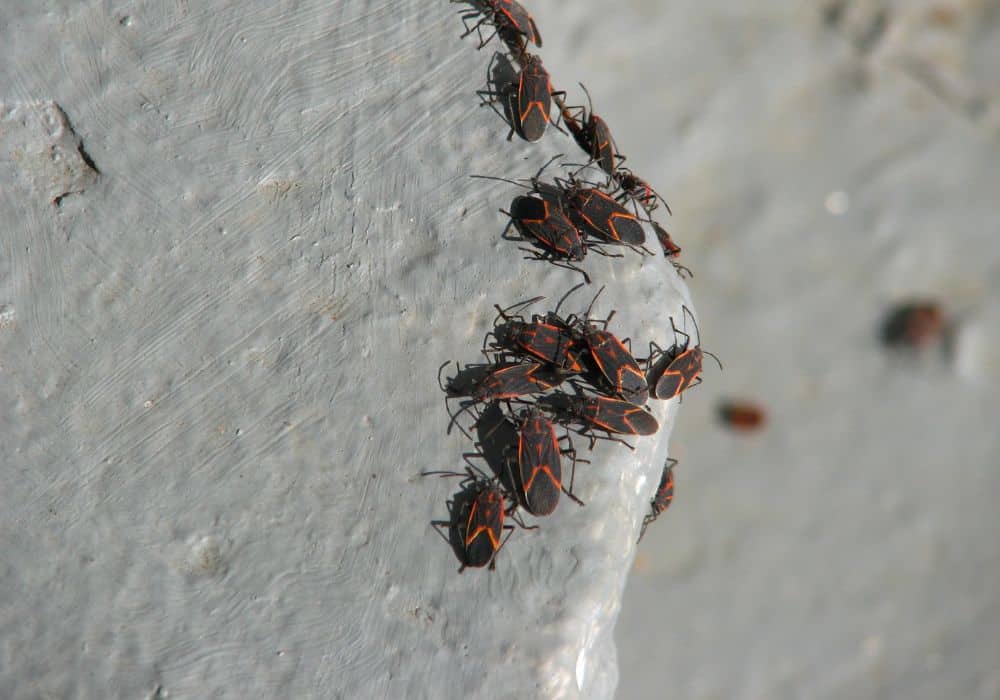
Like other house bugs, the Boxelder Bug (Boisea trivittata) is an outside insect that ventures in for warmth. They’re usually found outside on elm, maple, and box elder trees in the warmer months, but dropping temperatures push them towards houses and other structures.
Boxelder bugs have a black winged body with bright red or orange stripes. The nymphs must wait a while before they develop wings, but it doesn’t take long for them to show off the bright red underside.
The Boxelder Bug is mostly harmless and won’t cause damage to your home. Seeing them inside is a sign that you need to seal up cracks, fix screens, or address gaps in your window or door frames.
Conclusion
These are just a few of the most common house bugs in Montana, but there are plenty more you may come across. Make sure you familiarize yourself with what’s common in your area, and identify any bugs you see before you try to deal with them.
If you must remove the bugs from your home, follow any pesticide instructions carefully. Don’t hesitate to reach out to a professional pest control service in the case of bug infestations or tricky insects.
Do you need help identifying a bug you found in your Montana home? Comment the details below!
